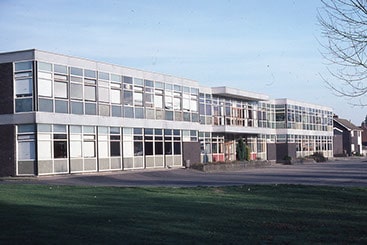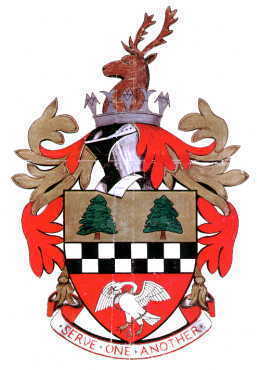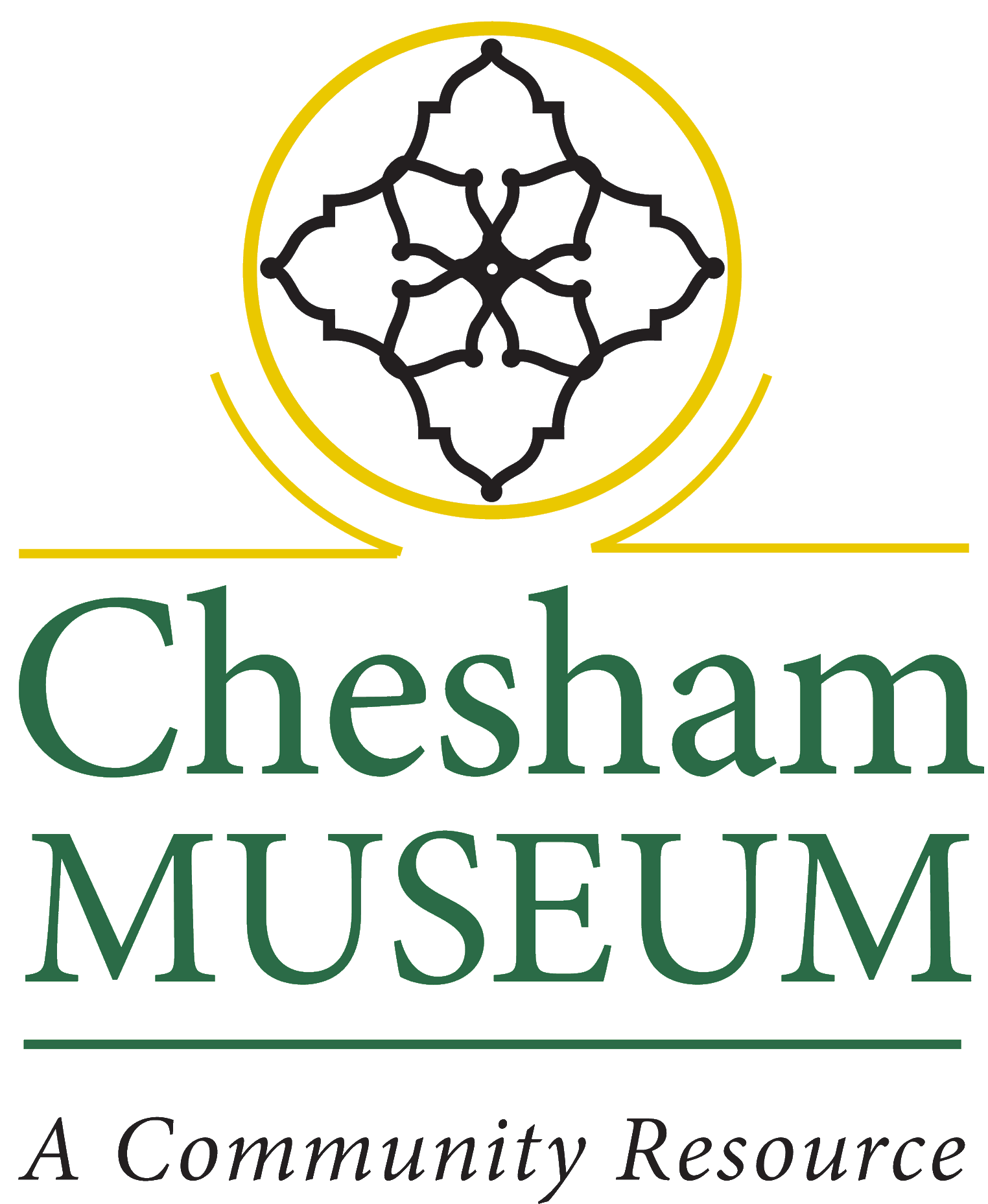How Chesham got its name

The name Chesham can be traced back over a thousand years.
River Chess
Chesham lies on the River Chess, and the river starts at various springs around the town, along the Vale and in Pednor. In some places the river flows under the town in culverts and the river re-emerges at Waterside.
It flows to Latimer and into the River Colne, which in turn runs into the River Thames. Many people assume that the name Chesham is derived from the river. Oddly it is the other way round. What is called the River Chess used to be called the River Isen, which is the Anglo-Saxon word for “iron” (and in modern German is Eisen). This may be a reference to the some of the iron-charged spring waters which feed the river.
Two of the villages downstream of the town were called Isenhampstead Latimers and Isenhampstead Chenies, today called just Latimer and Chenies. Folk etymology led people to assume that Chesham meant the hamlet on the river Chess, and sometime in the early nineteenth century the river started to be called the River Chess. Actually the origin of Chesham’s name is much more interesting.
Caesteleshamm
The oldest reference to the town is thanks to Queen Ælfgifu (or Elgiva), widow of the tenth century Saxon King Edwy. She owned land in many parts of Buckinghamshire in her own right. The earliest written reference to Chesham, and also Berkhamsted, are to be found in her will, now held in the British Library, in which she granted her estates at Cæstæleshamm (now Chesham) to the Abbey at Abingdon. The will was written a few years before she died about AD 970. Another document dated 1012 spells the town very similarly as Cæstæleshamme.
Hamm
The second part of the placename is the suffix hamm. A hamm was a water meadow, often in the bend of a river. Another local place which was originally a hamm is Buckingham in the bend of the River Great Ouse. Along the River Thames other places which were originally hamms include Bisham, Fulham, Laleham, Twickenham, and Hampton.
Caestel
The first part of the town’s name was caestel, which is the original form of the modern word castle. Caestel was often used to describe a small Roman settlement. The Romans invaded Britain in AD 43 and left in AD 410. Abandoned Roman buildings, often ruins, were commonly seen when the English settled in the area over the next few centuries. The Saxons built wooden buildings, and the Roman buildings looked like castles to them.
Meaning of Caesteleshamm
Caesteleshamm likely refers to the ruins of a small Roman settlement, by then maybe just a heap of stones by a river meadow. In fact in Saxon times Roman ruins could still have been seen along the River Chess at Chesham and Latimer. A Roman estate ran along the river from Sarratt to Waterside.
There is evidence that the Romans were growing grapes and terracing the sides of the valley, and Roman coins have been found in the area. Archaeologists excavated a Roman villa at Latimer and found Roman remains, suggesting settlement in old Chesham. For many years a Roman mosaic found at Latimer was on display at Chesham Library.
Cestreham
The Normans conquered England from 1066. William the Conqueror ordered an inventory of landholdings in England called the Domesday Book, completed in 1086. In the Domesday Book, which was written in Latin, Chesham is mentioned 5 times and in each case is called Cestreham. At this time they were calling it cestre instead of caestel.

The “c” was pronounced as in cello. In each case the cestre denotes that there was a Roman settlement. Many other English town names, all with Roman origins, spelt with cestre in the Domesday Book now all start or end in chester. For example Cicestre is now Chichester, Cestrefeld now Chesterfield, and Cestre is now Chester.
Modern use of Cestreham
Since the Victorian era Cestreham has been used as an alternative name for Chesham. In the 1880s Cestreham Villas were built, which is a row of houses along Broad Street, between the Police station and Queen’s Road. Cestreham Cycling and Athletic Club was based in Chesham from 1898 to 1976. In 1924 Cestreham Singers and Players, was formed, which became Chesham Light Opera Company in 1968. There is also a masonic lodge called Cestreham Lodge, which was formed in Chesham in 1948, although it now meets in Beaconsfield.
In the 1960s a new boys’ secondary modern school which was built on the corner Lycrome Road and Nashleigh Hill between Chesham and Ashley Green. This was Cestreham School. It later combined with Lowndes girls’ school to form Chesham Park School (which has yet again changed its name to Chiltern Hills Academy). There is also a road called Cestreham Crescent on Hilltop estate in Chesham, which links West View and Nalders Road.
How to Pronounce Chesham
Cestreham was pronounced Chester-ham, which got shortened to the current name. The first recorded spelling as Chesham, exactly as spelt today, is from 1247. In mediaevel documents spellings were not fixed and spellings reflected the way the name was said or heard. In 1302 the town is recorded as Chessham, in 1325 as Chesseham, and as Chesum in 1675. The old spellings reflect the original local Chiltern pronunciation of the town name, which is still Chess-am or Chezz-um.

The “sh” in the town name is not a “sh” as in ship, but the “s” is the last letter of Chess and the “h” the first letter of “ham”. The pronunciation of the town as Che-sham has become more common since the war, and both are used today and equally understood.
The story makes sense when we look at two local places which have a similar etymological story. Bisham near Marlow near the River Thames was also a hamm, was called Bistesham in the Domesday Book, and is pronounced by locals as Biss-um (and not Bi-sham). Cheshunt in Hertfordshire was also a Cestre and called Cestrehunt in the Domesday Book, and is pronounced by locals as Ches-unt (and not Che-shunt).
Whatever you call it, the town of Chesham welcomes you.
This article was first published in the pages of the Bucks Free Press, Amersham and Chesham edition, on January 28, 2022.


